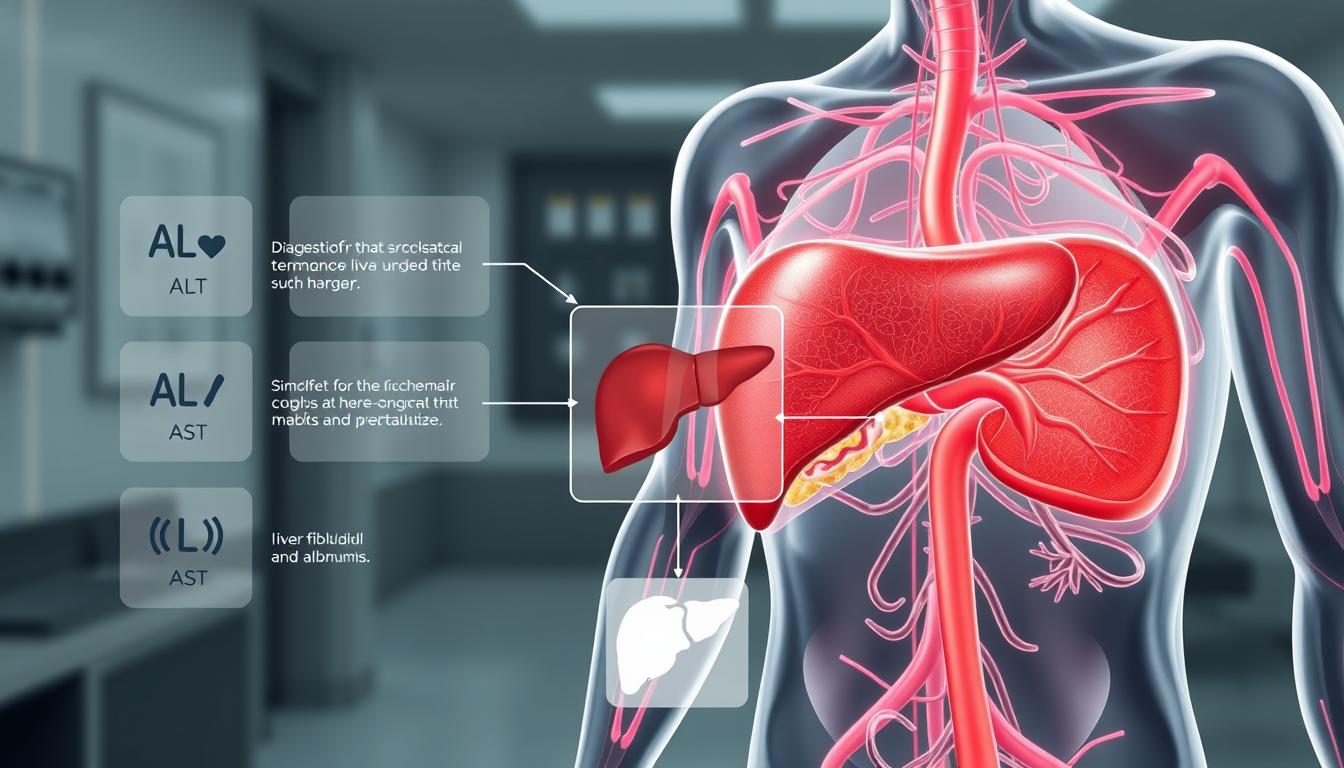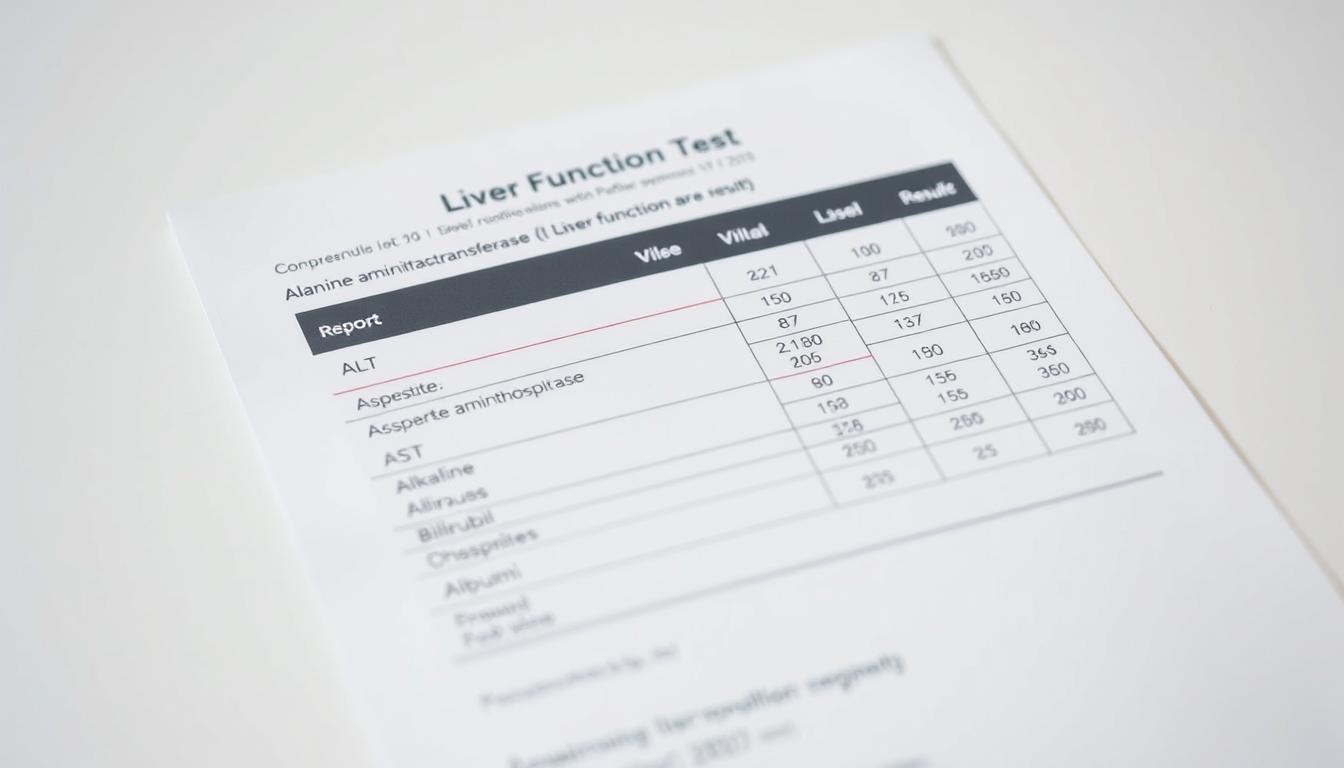Liver disease affects over 3.5 million people in the United States, with many cases going undiagnosed until the later stages. A crucial tool in diagnosing…
Liver Function Test Info & Interpretation
Understand Your Liver Function Test Results with This Easy Guide
Liver disease affects millions of people worldwide, often silently progressing until severe damage is done. Understanding your liver health is crucial, and interpreting liver function…

